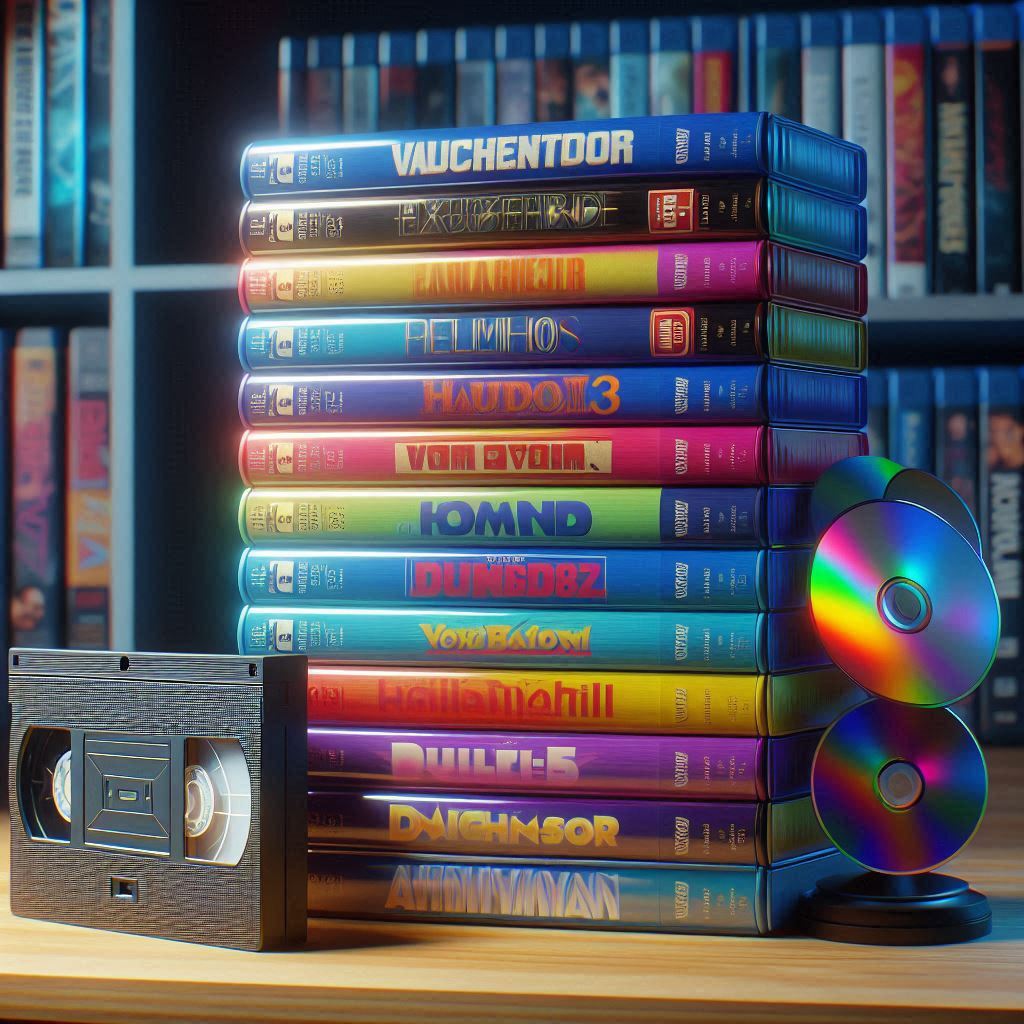Recently, Sony announced that it would discontinue production of all types of recordable optical media, particularly Blu-ray. This will lead to the cutting of 250 jobs in the related division of the Japanese giant and clearly raises some questions about the format’s future. However, it is important to point out that it is only BD-Rs, formats that a user can buy, for example, to back up their data with a burner.
Sony makes it clear that recordable Blu-rays will continue to be available for business and for the distribution of consumer products, such as movies and video games. Still, as with everything, there is an expiration date, even if it has not been established. The Japanese company says it will do so in the future after discussing the matter with its business partners, such as distributors and retailers, and a case-by-case consideration will be made. Just to say: it has been rumoured for some time now that the next generation of PlayStation will be digital-only, thus abandoning the optical drive.
Sony notes that the advent of cloud storage, so-called “cold storage,” i.e., storage on physical media, has lost much appeal among consumers. The division has been in the red for some time now, and it became necessary to make an uncomfortable decision at some point. The business-to-business channel is warned that the same will happen there when there are no more profits.
Still so popular
Although it is true that Blu-ray sales in Japan, as in many other countries, have been declining in recent years due to the rise of online streaming, the format remains popular, especially for movie and anime fans who appreciate the superior quality of physical discs. In addition, the Japanese film industry continues to release new films on Blu-ray, and there are no signs that this trend is about to change anytime soon.

Blu-ray
Sony’s Tagajyo factory in Miyagi, Japan, remained the last factory capable of producing the highest-capacity Blu-rays known as BDXL, four-layer 128 GB and three-layer 100 GB. Perhaps it is precisely capacity that is now the format’s biggest limitation: there are now individual games that won’t fit on a BDXL, and with the advent of 4K at high framerates, now the order of magnitude must be terabytes. If you still use BDXL for data backup, the advice is to stock up now before prices go so high. The Tagajyo factory was established in 1954 and produces Sony optical discs and magnetic tapes.
Sony engineers there are so dedicated that they continued working on developing triple-layer media even immediately after the Great East Japan Earthquake of March 11, 2011. Blu-ray Discs (or BD) are a digital optical storage format designed to succeed DVD. Introduced in 2006, Blu-rays can store high-definition (HD) and Ultra HD content, offering higher video and audio quality than DVDs.
A single Blu-ray disc can hold up to 50 GB of data, while a DVD can only hold 4.7 GB. This means that Blu-rays can store high-definition movies, console games, and other media content with superior quality. Superior video quality: Blu-rays use a blue laser with a shorter wavelength than DVDs, which allows data to be read more accurately. This results in better video quality, with sharper and more detailed images. Surround sound: Blu-rays support advanced surround sound formats such as Dolby TrueHD and DTS-HD Master Audio, which provide an immersive and realistic audio experience. Interactive features: Blu-rays can include interactive content such as deleted scenes, director’s commentary and more.



